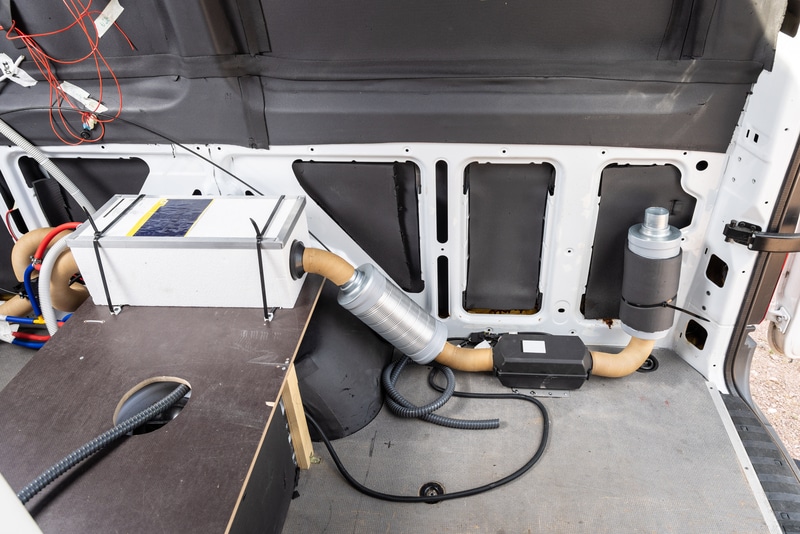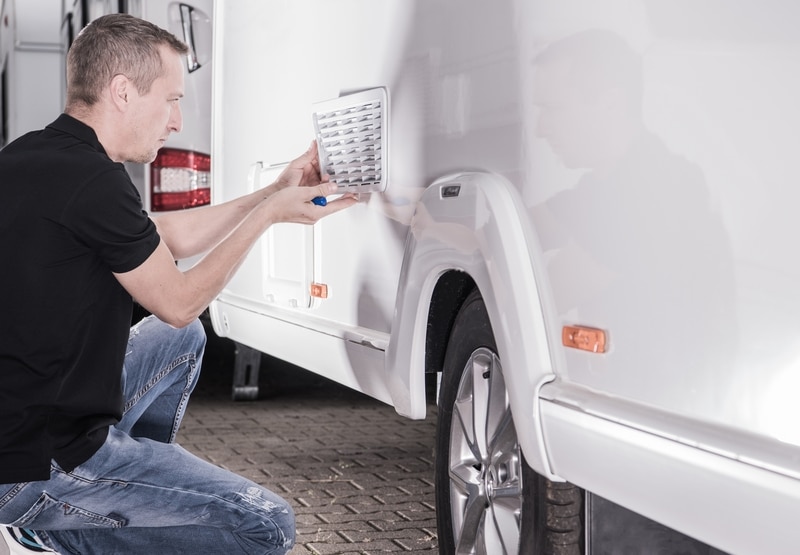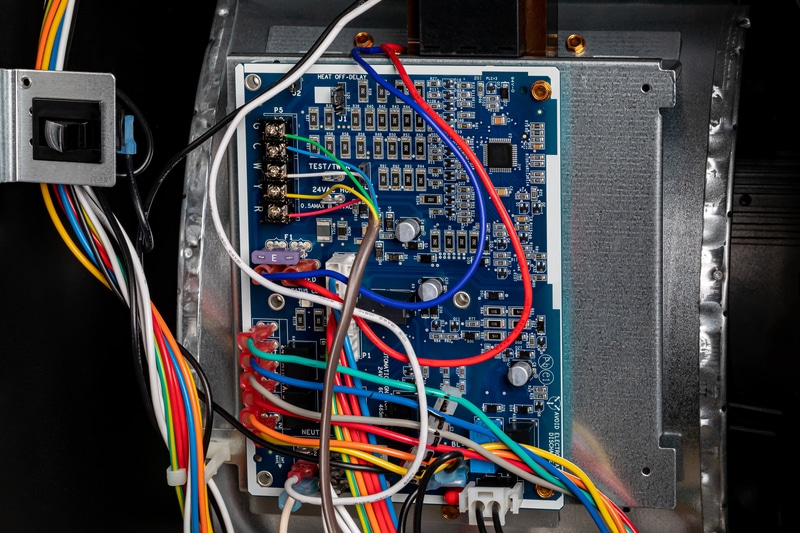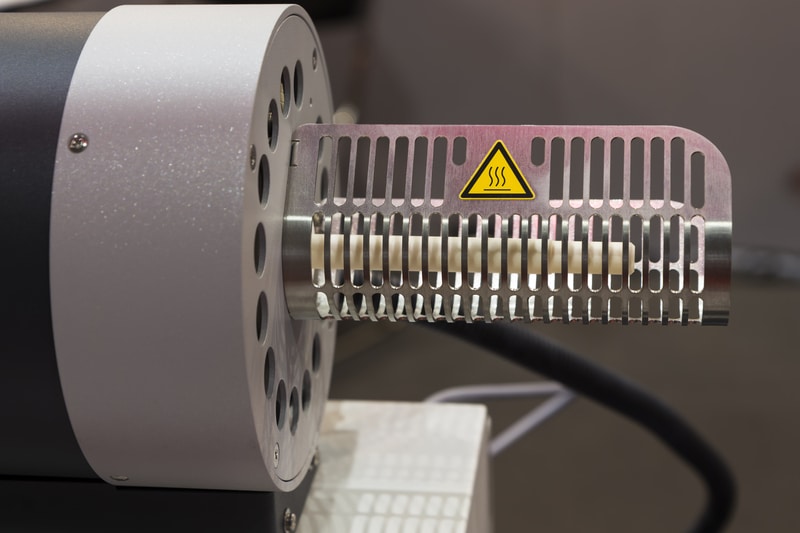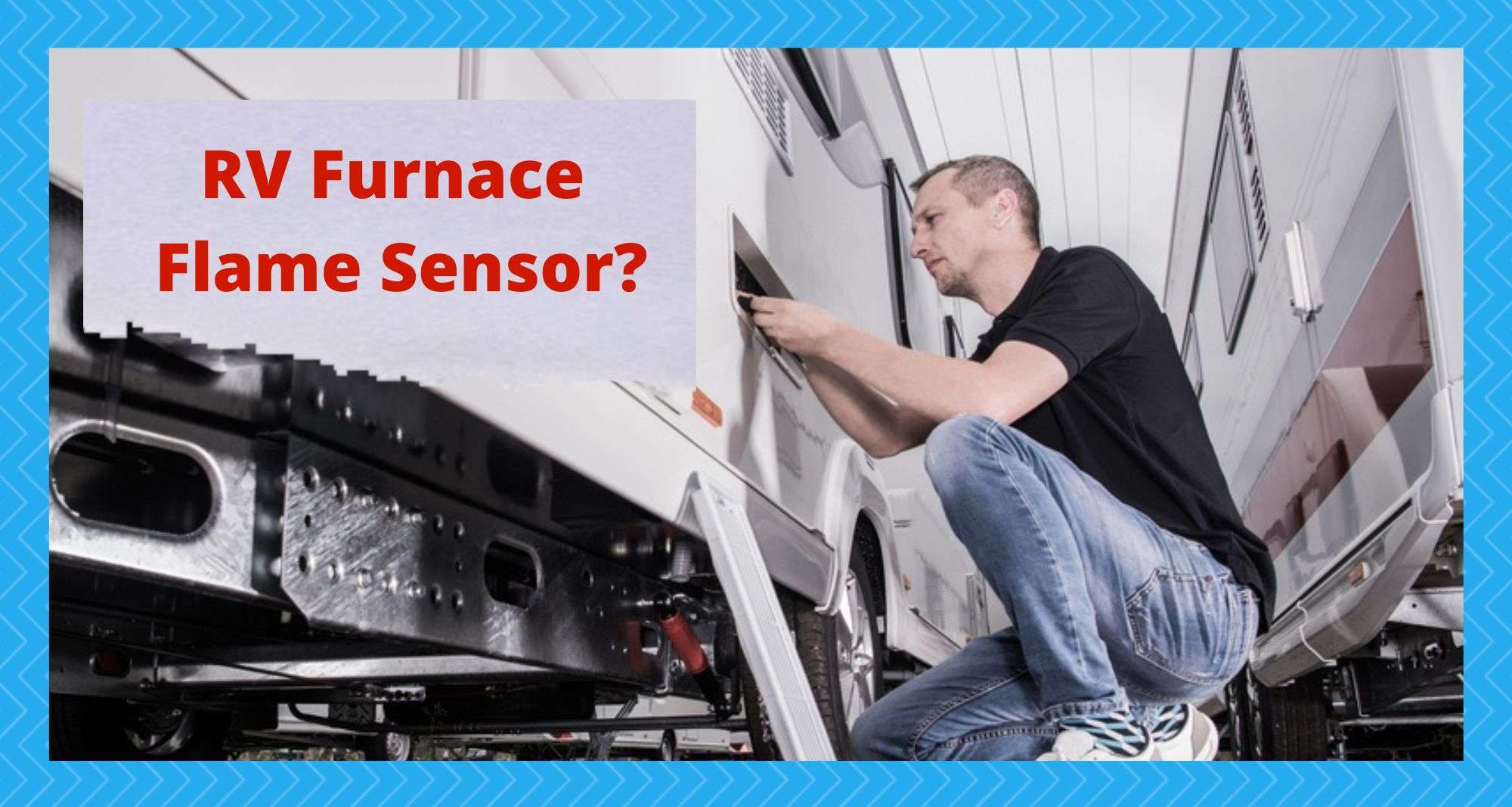
Onboard RV furnaces are a critical modern addition to 4 season RV travel experiences. These complex contraptions are generally poorly understood by their owners. However, they are comprised of some basic features that any diligent RV owner should be aware of to troubleshoot basic problems.
The furnace flame sensor is an ideal place to start, as it is a common source of problems. Therefore, this article will illustrate the vital role of the furnace flame sensor and the common issue it can create.
Basic Concept
The Purpose of an RV furnace flame sensor is to perform the crucial job of monitoring the heating system. In essence, the sensor simply continually detects the presence of a flame within the internal compartment.
Firstly, It acts as a safety mechanism to prevent the furnace from operating if there is no flame present. The RV furnace flame sensor is often comprised of a small rod or probe that is placed near the burner and is connected to the furnace’s interface control board.The sensor is made of a material that is sensitive to heat.
This material is designed to react to changes in temperature which will trigger the signal sent to the control module. The signal activates an error code which will prevent some of the key mechanisms from engaging. Effectively, once the sensor is activated, it will prevent the normal function of the furnace.
How It Works
When the furnace is turned on, the control board sends a direct signal to the flame sensor. It requests the sensor to indicate the presence of the flame as a safety protocol before the unit begins its initiation sequence.
However, the sensor detects a flame; it responds with a signal back to the control board indicating that the flame is present and the furnace can continue to operate. If the sensor does not detect a flame, it sends a signal to the control board to shut down the furnace.
Typically, RVs have an onboard propane supply as a means to power a number of appliances within the RV. Propane gas is lightweight and cheap, which is ideal for RV transportation and utilization.
However, propane is highly flammable. It is considered one of the more dangerous fuels within the RV as a leak in the system can easily emanate through the RV, which can easily be ignited by a tiny spark. Therefore, this sensor is crucial to prevent the buildup of toxic, hazardous gas, acting as a critical line of defense.
Efficiency
Beyond being a safety feature, the RV furnace flame sensor also helps to improve the efficiency of the overall heating system. By detecting the flame and ensuring that it is burning properly, the furnace is able to operate more efficiently and use less fuel.
A drop in fuel efficiency can be very difficult to detect. However, it is one of the most common symptoms associated with a failing sensor. This component is critical for ensuring that the temperature and gas supply is regulated accurately. In doing so, it will ensure a longer lasting and generally more optimally functioning machine.
Critically, the sensor is vital for money conscience RV owners. The more efficiently they utilize precious propane gas, the less it will cost to run the furnace in the RV. Not only is it an excellent fuel-saving mechanism, but also a great way for owners to do their part for the environment.
Common RV Furnace Flame Sensor Issues
1. Cleaning
A common cause of a faulty RV furnace flame sensor is a dirty or clogged sensor compromising the capacity for it to function. As dust and debris can build up on the sensor over time, it will continually diminish its sensitivity and capacity to detect the flame.
This can cause the furnace to shut down unexpectedly, which can be very frustrating for owners. The best means of tackling this issue is regular maintenance of the sensor, which involves gently cleaning the sensor periodically. To resolve this issue, the sensor should be cleaned with a soft cloth and a delicate cleaning solution.
2. Control Board
Another common cause of a faulty RV furnace flame sensor is impaired or the control board becomes defective. The control board is responsible for managing the furnace and communicating with the flame sensor.
If the control board is damaged, it may not be able to send and receive signals to the flame sensor accurately, causing the furnace to shut down unexpectedly. A damaged control board should be replaced by a qualified RV technician as it is a fragile and highly sophisticated component.
3. Sensor Failure
Often the sensor will fail and require replacement over time. Generally, this is due to its proximity to the hot furnace. Continually the sensor is exposed to extreme heat and then extreme cold when the RV and furnace are not in use.
Over time continual exposure to extreme temperatures will break down the rigidity of the sensor, which will ultimately lead it to fail. In this instance, it will need to be replaced.
Conclusion
In conclusion, the RV furnace flame sensor is a critical component of an RV heating system. It acts as a vital safety feature to prevent the furnace from functioning if there is no flame present.
Beyond this, it helps to improve the efficiency of the heating system, helping owners save on propane fuel costs. If the sensor is dirty or damaged, it should be cleaned or replaced to ensure that the furnace operates properly and safely. But, with diligent maintenance, you can guarantee it remains in good condition for years.

